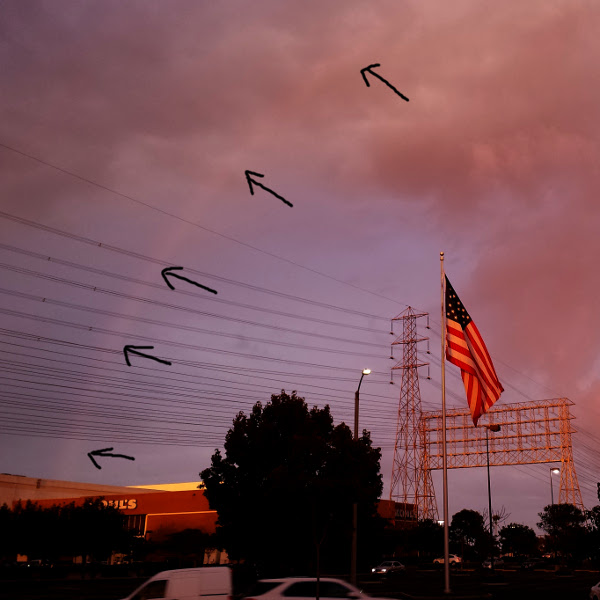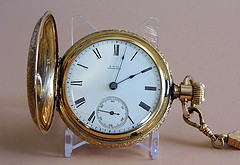Over the past year I’ve found myself using my camera less and less, and my phone more and more. I used to carry both and try to take “good” photos with the camera, and quick shots intended for faster sharing with the phone, but several things have combined to change that:
- In bright daylight, the phone’s quality is comparable to the camera’s. (I used to tag phone pics with “cameraphone.” I stopped when I got the Galaxy S4.)
- Half the time, I find that I composed a better shot on the phone than on the camera.
- It’s one less device to carry around.
- I can edit or post online immediately, without taking time to transfer photos from a card.
- Dust got into the camera, and when I finally tried to get rid of it with compressed air, I made it worse.
- The two photos I’ve had featured in Flickr Explore were both phone shots.
For the first time I used only my phone at this year’s Long Beach Comic Con, and on a trip to Boston. And for a while I didn’t miss the camera, but…
- I really miss the zoom lens.
- I miss the faster shutter speed, too.
- Also: the wrist strap, and the ability to set it on a flat surface, or use a tripod.
- The phone’s been a little unstable lately.
- Low light levels!
Have you tried taking pictures of a four-year-old indoors with a slow shutter speed and flash? Good luck!
I’ve also found myself severely limited in what pictures I can take at sunset, or standing near a drop-off. On two occasions I’ve spotted rainbows at sunset, and they’ve been too dim for the phone to pick up any color. That’s right, there’s a faint white arc in the picture instead of a spectrum.

And forget the photos I tried to take at a wedding! I’ve thought about running a watercolor filter on them so the blurriness will look intentional.
It’s time to admit that I have to do something about the camera.




